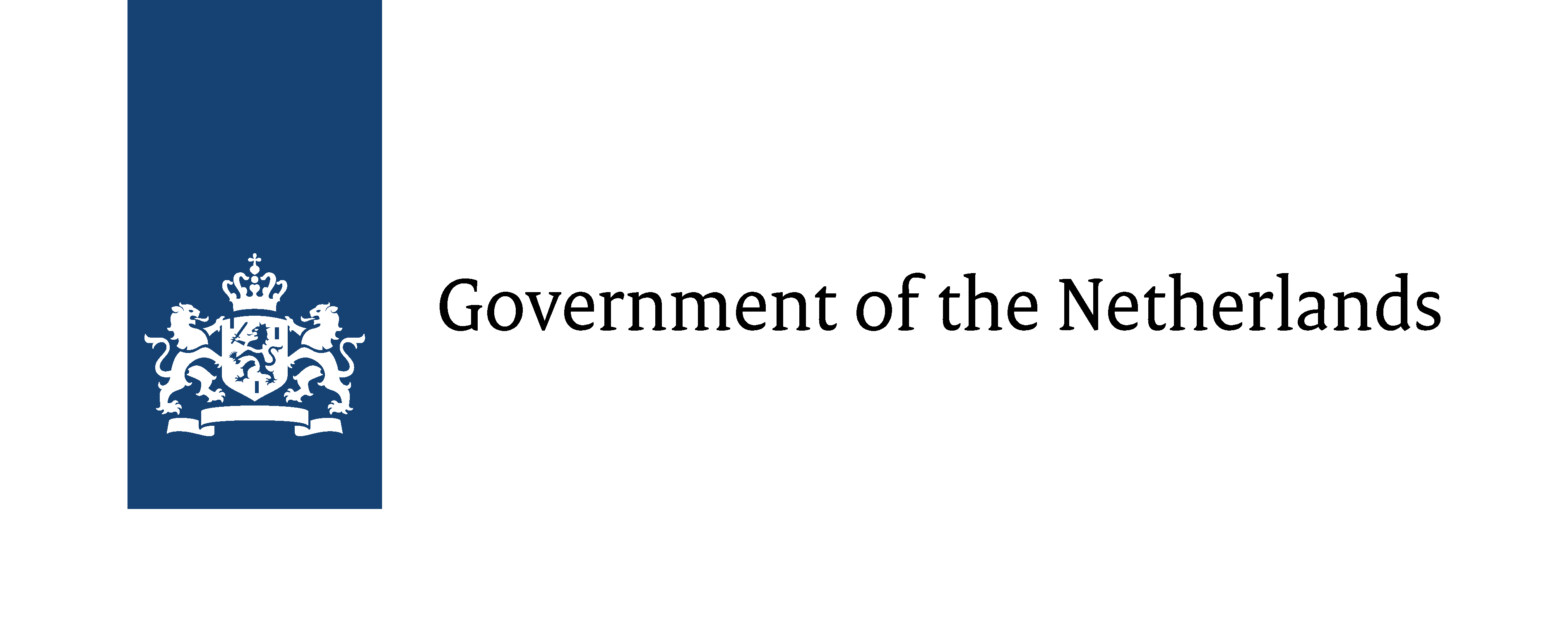I am for an Art Criticism That...
A writer’s toughest critic is her or himself. Even though this adage is often repeated, an understanding of its character is usually reduced to a sequence of private conjectures in the individual writer: have I covered all the details accurately; why this word, or form, and not another; have I made an argument, and if not, why not, and most fundamentally, why am I writing this at all? In order to give a public voice to these questions and to question how value systems and related criteria must be constructed and communicated in order to answer them, Witte de With Center for Contemporary Art (Rotterdam) and the Stedelijk Museum Amsterdam co-host the symposium I AM FOR AN ART CRITICISM THAT… On two successive afternoons and evenings—one at each site respectively—an international roster of art writers are brought together – with a focus on the Dutch context and how it translates to an international one. The symposium is organized on the occasion of the 2012 Prijs voor de Jonge Kunstkritiek (Young Art Critic’s Prize), an initiative of de Appel Arts Centre, the Mondriaan Fund and Witte de With Center for Contemporary Art. The prize is meant to stimulate young art critics and increase the media attention for art criticism and journalism of high qualitative standards. In 2012, the biannual prize is awarded for the third time. The year’s winners are announced during a ceremony at the Stedelijk Museum Amsterdam on Thursday 29 November 2012, from7.30 to 9 pm, following the second day of the symposium taking place from 4 to 7 pm.
Where criticism is concerned, symposia organized in the field of the visual arts tend to focus on essayistic and academic style. Yet, little attention is given to the wider field of journalism, its relationship with art, and its general influence on shaping public perspective. As a point of comparison, ‘art criticism’ and ‘art journalism’ are by no means homogenous or definitive terms—and yet the two implied practices can be seen to be merging into a singular field where the reporting style is increasingly prioritizing ‘catchy headlines’ over relevant content. Expanding out from this pole, long form arts coverage itself is being reduced to “editor’s picks”, coded rating systems, and short summary reviews, with little space in which to substantiate their claims. And while blogs, user-generated content, and citizen journalism have carved out new “independent” forums, their very nature forces each to live or die by tweets, re-tweets, likes, and faves.
As more and more debates are being framed by these formats, and are shaped by these social pressures in turn, now is the time to ask if quick reviews allow opinion to be given without evidence, and if social affirmation can lead to the promotion of posturing over thought. Likewise, when it comes to the cultural sphere, should objective neutrality be secured and maintained to counter the forces of publicity? Similarly to journalism, also known as the “fourth estate” – most commonly referring to news media or the press at large – should the arts have its own “estate” to hold conflicting interests at bay—be they social or commercial—and if so, what would its standards be? In any case, the issues at stake are larger than they may seem at first.
Considering that artistic creation —and any form of analyses—requires the development of a strong critical facility, how can these activities advance without a healthy exchange of frequent and well-formed feedback? That is, how are the tools of critical reflection necessary, and how are they taught to us all so as to not only accurately describe a knowledge of things as such, but perhaps more importantly, to cultivate alternative formations of what could be?
This symposium’s title takes inspiration from artist Claes Oldenburg’s 1961 manifesto “I Am for an Art” and similarly to an art manifesto, a statement intended to shock, inspire or offend, I AM FOR AN ART CRITCISM THAT…, is a symposium that stages various live discussions with the aim to cover, and uncover, the fertile ground between the arts and journalism.
for all participants and exact schedule please check the event website here

